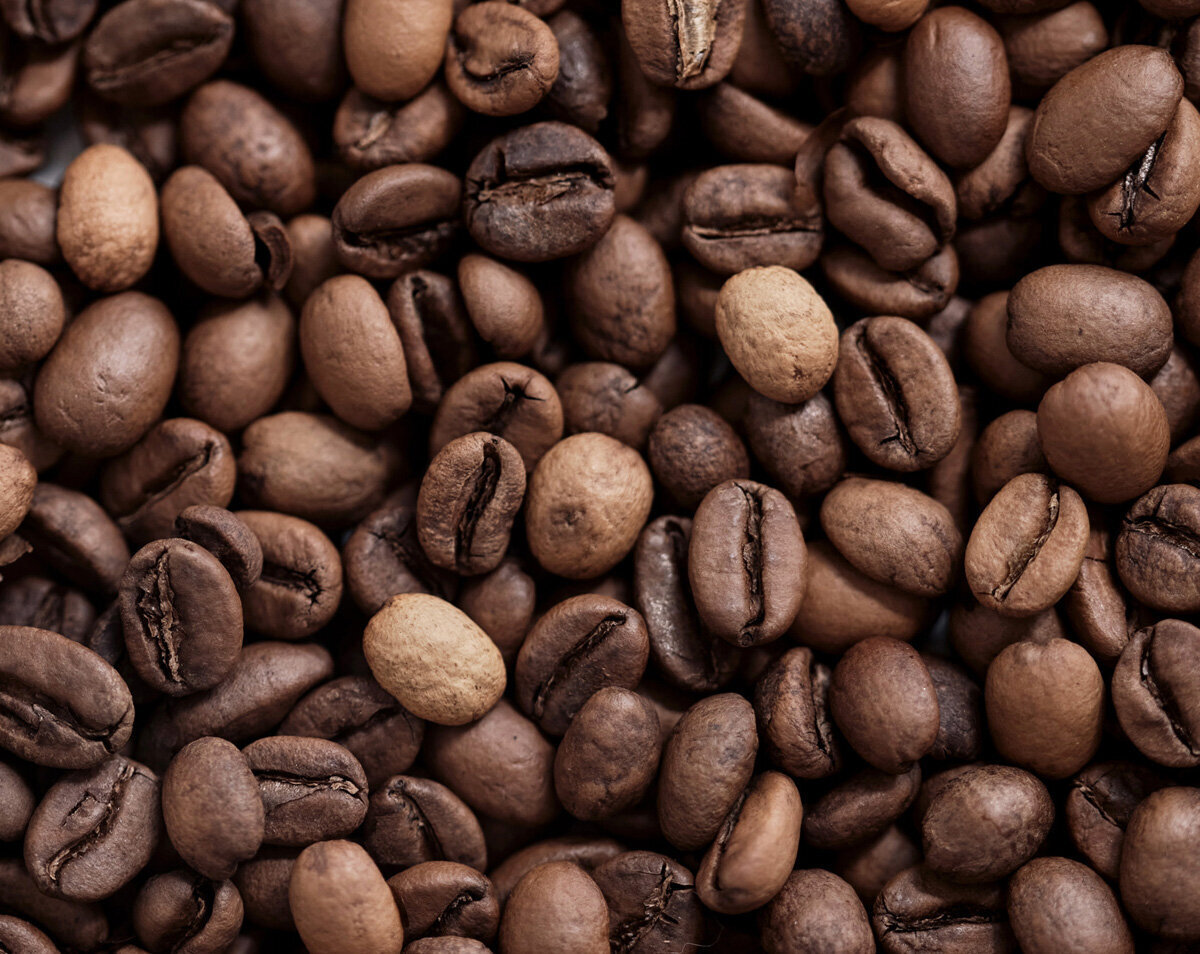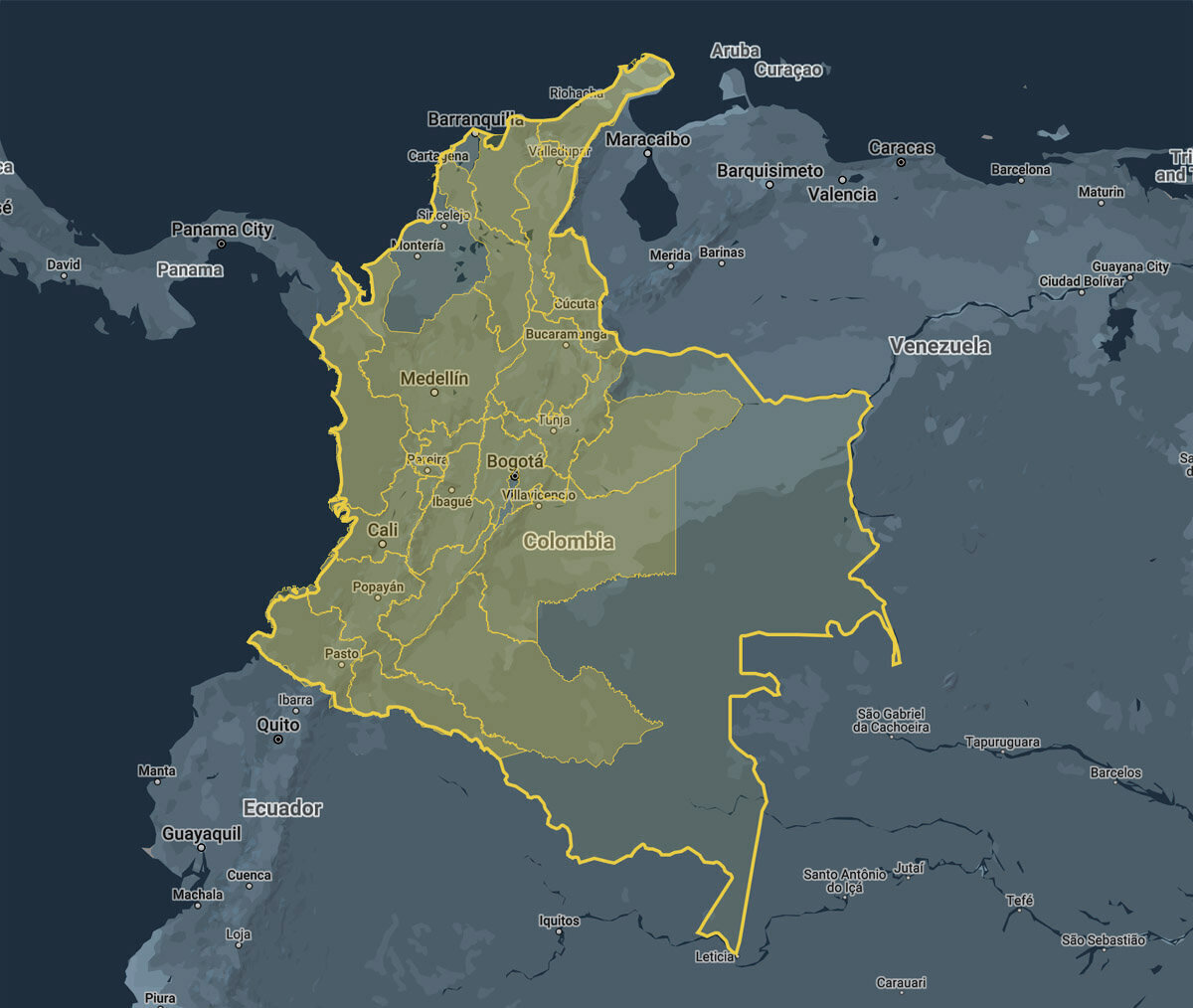
La fin des quakers ?
BH Unlimited Update, June 16th 2022.
Quakers are probably the first defect baristas learn about — yet one of the hardest to deal with. Since they can only be detected after roasting, quakers can show up in any coffee, no matter how carefully produced it is. And yet the SCA officially allows exactly zero quakers in a sample of roasted coffee in order to be considered specialty.
This week on our blog, we tell you everything you need to know about how an optical sorter works , and explain how these machines could finally consign quakers to history.
For years, baristas were told that quakers were the result of picking unripe fruit. Quakers are immature seeds, after all: seeds that don’t have the right kind of sugar for the Maillard reactions , so they don’t brown properly during roasting. But no matter how carefully you select ripe fruit, quakers still appear. So selective picking helps, but it’s not the whole story.
 Quakers stand out after roasting due to their pale colour, but can’t always be detected in the green beans.
Quakers stand out after roasting due to their pale colour, but can’t always be detected in the green beans.
It turns out that quakers can also be the result of poor plant health or nutrition. Coffee buyers at Counter Culture first noticed this during the leaf rust epidemic in Central and South America in 2012. Producers were picking red cherry but still getting quakers because the plants themselves were suffering, so the seeds weren’t getting the nutrients they needed.
If the producers have done everything they can but quakers are still showing up, then it’s up to the roaster or barista to pick out the remaining quakers by hand. Not surprisingly, this is something few have the time for.
The solution is an optical sorter (aka colour sorter): an amazing machine that can remove any bean that doesn’t look right — but with a robotic eye that can ‘see’ frequencies that humans can’t. Optical sorters have been used to sort green coffee for decades, but Counter Culture were perhaps the first to use them on roasted coffee. Since then, optical sorters have become cheaper and more widely available, and are turning up even in small specialty roasteries.
This week we interviewed Kyle Tush from Counter Culture , to learn how the company came to install the first optical sorters for roasted coffee. We also spoke to two roasters who have installed Sovda’s Pearl Mini , an optical sorter designed specifically for specialty roasteries: Paul Stephens, from Rosso Coffee Roasters in Calgary; and Alexander Lipphardt, founder of Leuchtfeuer Coffee in Hamburg. Find out how optical sorters help each of these businesses in our latest piece: Post-Roast Sorting .
Le guide de l'acheteur de café en Colombie
Cette semaine dans notre Coffee Buyer’s Guide to Colombia , we set off on a tour of Colombia’s coffee-growing regions. Colombia is divided into 32 departments, and coffee is produced in 22 of them. Most of the country’s coffee is produced in the central Eje Cafetero (Coffee Axis), but the southern departments of Narino, Cauca, and Huila are becoming increasingly important.
 Colombia's 22 coffee-producing departments
Colombia's 22 coffee-producing departments
Uniquely among coffee-growing countries, Colombia has two main harvests. Many regions produce a main crop during one harvest and a fly crop, or mitaca, during the other. Knowing the timing of the harvests in each region is therefore especially useful to green buyers that want to maintain a year-round supply of fresh coffee.
Our journey begins with Antioquia, the biggest coffee producer — and Bolivia, one of the smallest. Antioquia was not the first department to produce coffee as is sometimes claimed, but settlers from Antioquia were instrumental in spreading coffee growing throughout the country. The coffee-producing regions of Bolivar, on the other hand, have remained fairly isolated, and only a small amount of coffee produced there makes it to export.
BH Illimité les abonnés ont un accès avancé à chaque nouveau chapitre au fur et à mesure de la progression de la production.
Science de la torréfaction
Moisture content and density are two of the most important factors in how a coffee behaves in the roaster. In Science de la torréfaction this week we take a close look at both of these variables in green coffee. We explain how to measure them accurately, and how to understand those measurements.
Moisture is a critical variable in green coffee at all stages in the supply chain, from producers and traders to roasters. It affects the likelihood of damage during processing, shelf life, and the amount of money a producer can get for their crop. It also has a large effect on heat transfer, and is responsible for most of the mass lost during roasting.
 Measuring the moisture content of green coffee
Measuring the moisture content of green coffee
Density, meanwhile, is closely linked to coffee quality and to sorting practices at the dry mill — as well as playing a major role in how the coffee behaves during the roast. Density is linked to the elevation the coffee is grown at, but also to ripeness, defects, and even the length of time in storage. Density is also linked to moisture content, but the effect may be different for different varieties of coffee. Understanding the effect of density and moisture — and how they interact — is essential when planning how to roast a new coffee.
Liens rapides
World of Coffee takes place in Milan next week, and you might see one or two BH staffers there!
If you’re in Milan, don’t miss Jonathan Gagne’s ‘ Physics of Coffee ’ class — or if you can’t make that, pop over to Ditta in Florence for ‘ Physics of Espresso ’ the following week.
Scott Rao’s Roasting Masterclass in Milan is already sold out — but if you missed out on getting tickets, he’s also running a class and tasting this evening (Friday) with his Roast Defect Kit at Prufrock in London.
Une expérience d'apprentissage sans publicité
Chez BH, nous ne faisons jamais de publicité pour les produits d'autres entreprises sur notre site web. Aucun placement de produit n'est effectué dans nos newsletters, nos newsletters ou nos articles de blog. Nos seuls revenus proviennent de vos abonnements. Lorsque vous voyez des machines ou des équipements à café mentionnés dans nos supports pédagogiques ou présentés dans nos vidéos, nous avons choisi de les utiliser parce que nous aimons les utiliser, parce que nous pensons qu'ils ont une importance historique dans l'évolution de la machine à expresso, ou parce qu'ils vous renseignent sur la culture du café moderne. C'est aussi simple que ça.
Science de la torréfaction
Bean Properties
RS 2.02 • Moisture Content
RS 2.03 • Density and Porosity
Le guide de l'acheteur de café en Colombie
Régions en croissance de la Colombie
CBGC 1.00 • What’s in Chapter 1?
CBGC 1.01 • Introduction
CBGC 1.02 • Antioquia
CBGC 1.03 • Bolivar
Comme toujours, n'hésitez pas à nous contacter par e-mail si vous avez des questions ! Passez un excellent week-end et au plaisir de vous revoir.
Aux frontières du café,
Équipe BH